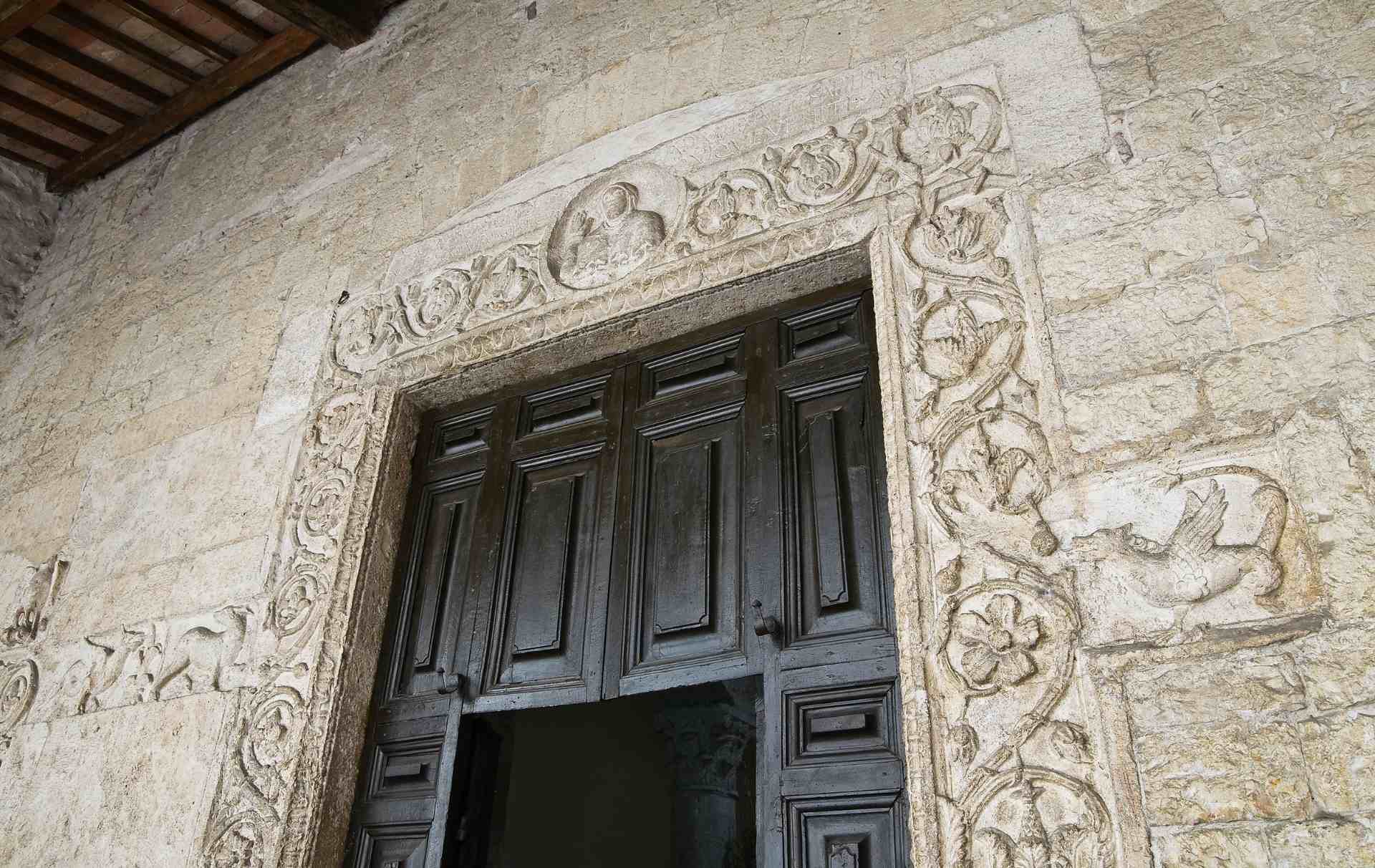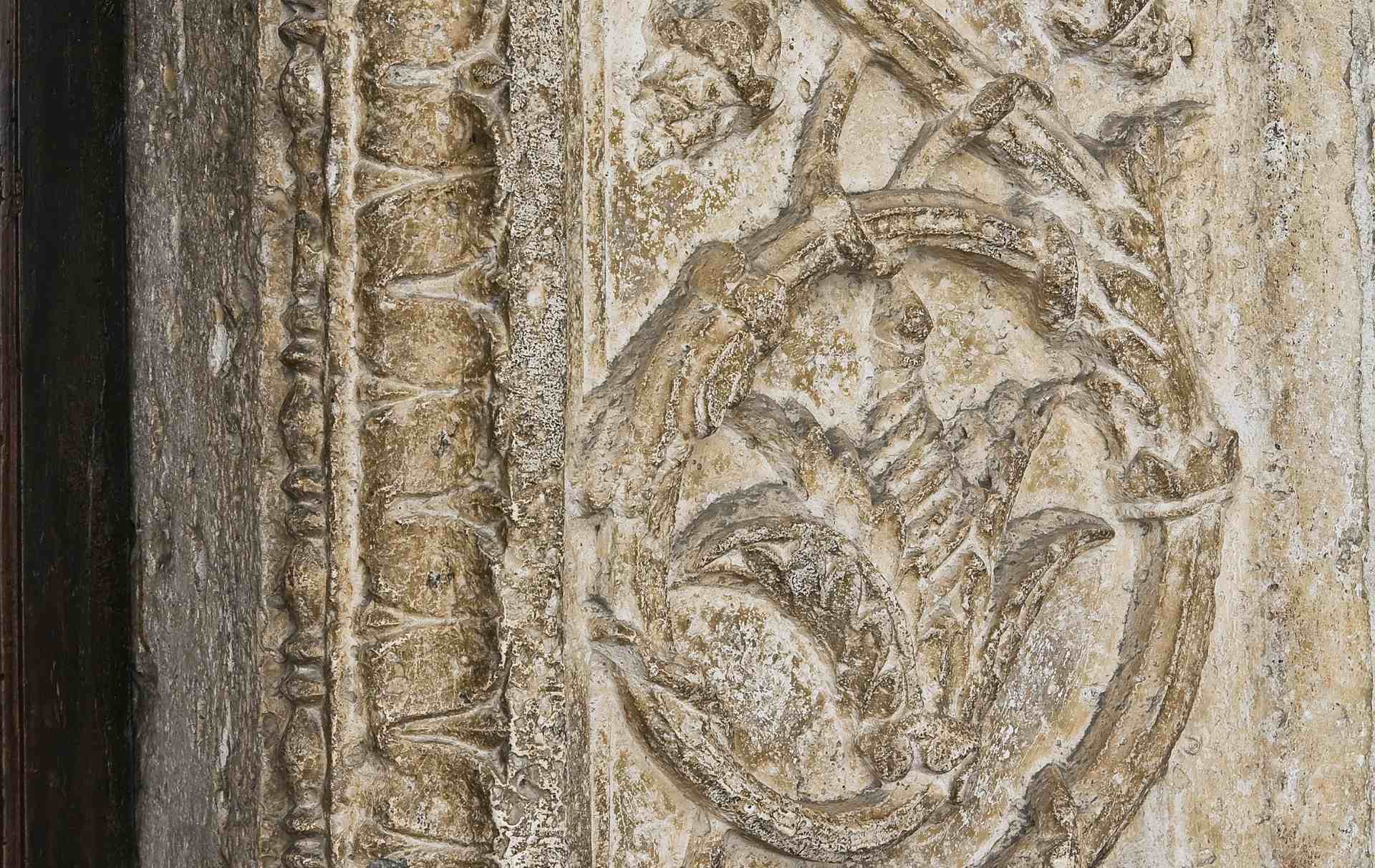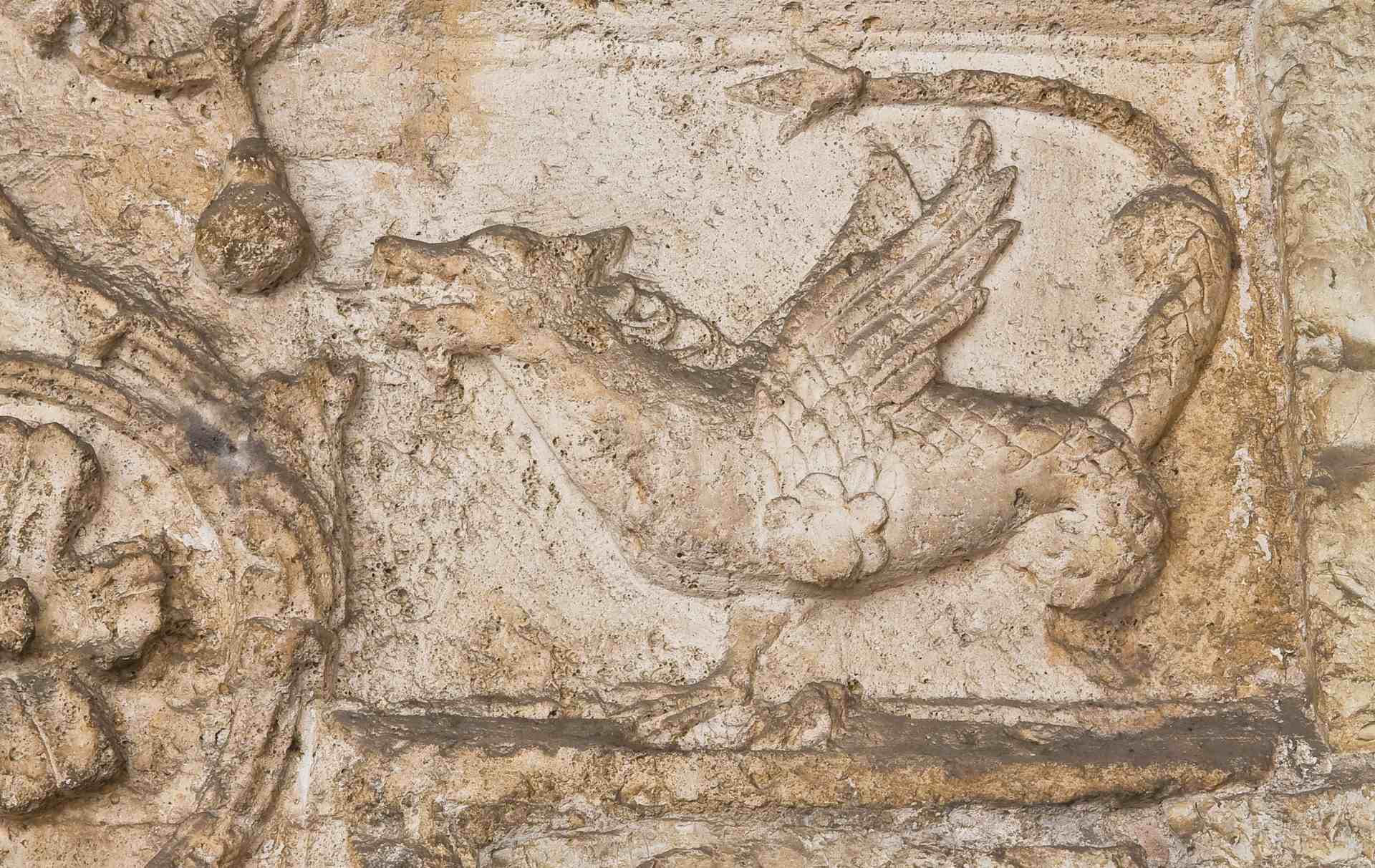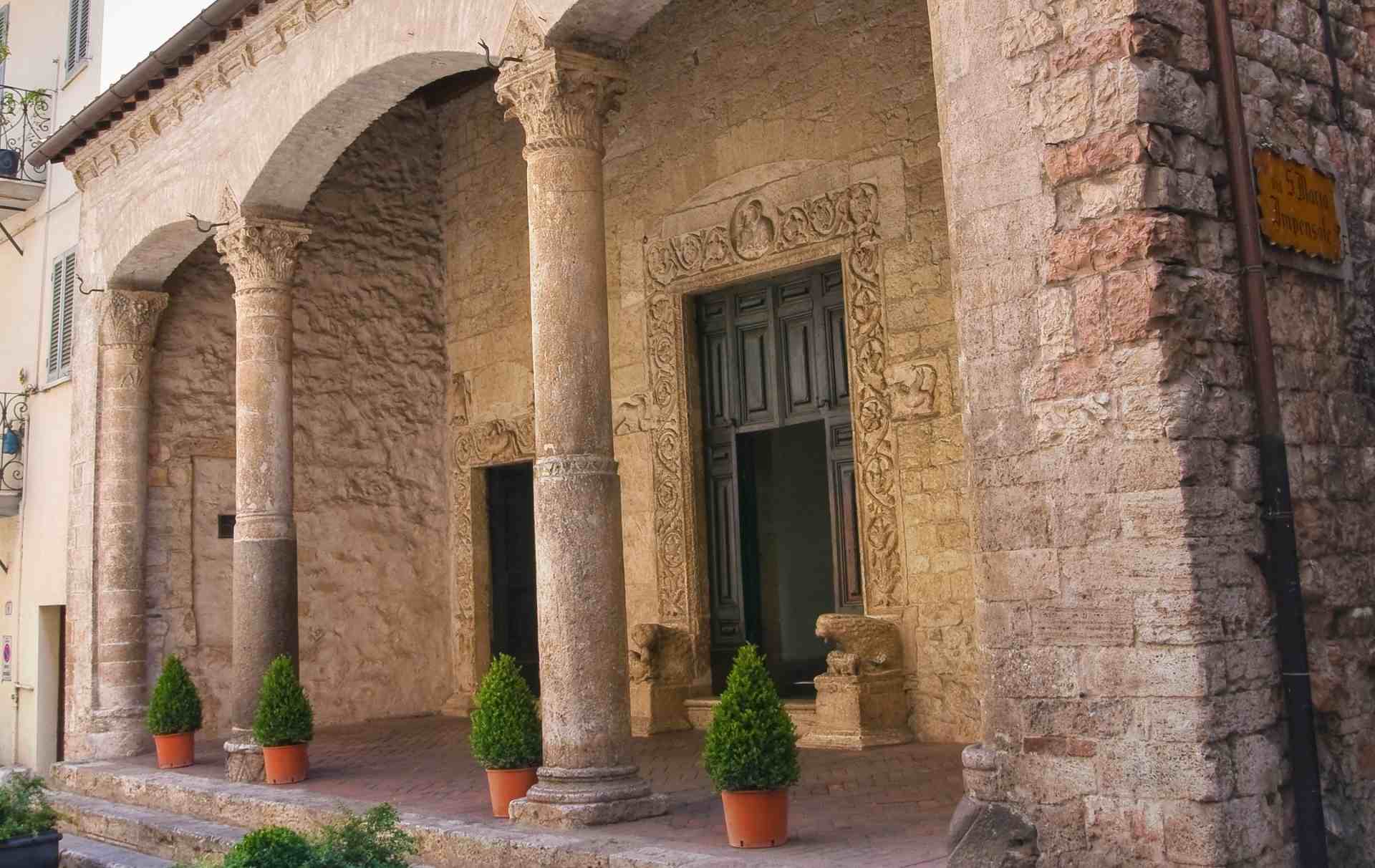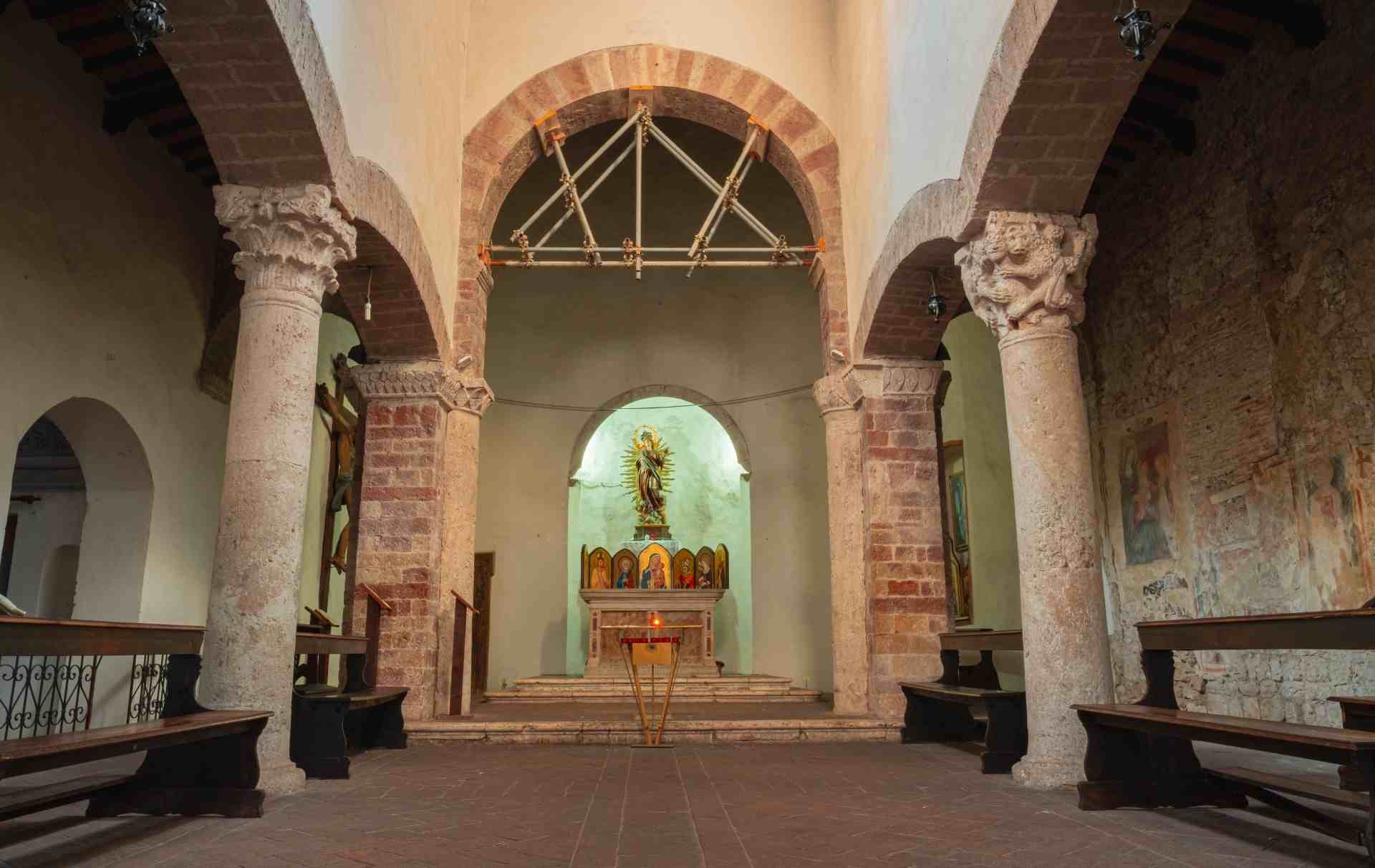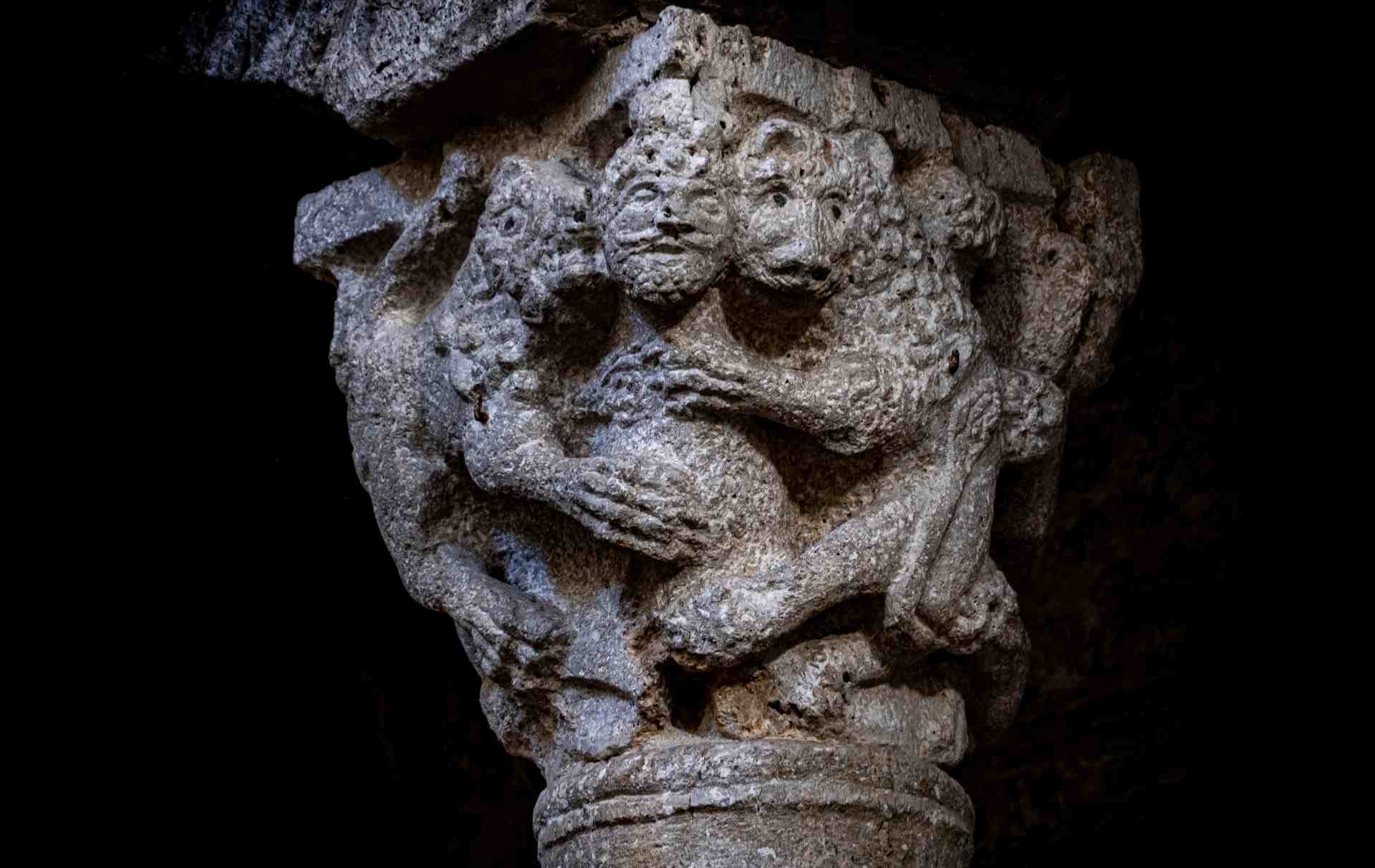The Church of Santa Maria Impensole rises in the old town of Narni at the entrance of what today is via Mazzini, former via Cajola, one of the principal axes of the town from the period of Rome.
Il fascino della Chiesa Sospesa.
Costruita tra il VII e il X secolo su un preesistente edificio romano di età tardo repubblicana – un’antica tradizione la vorrebbe poggiare sui resti di un tempio dedicato a Bacco – prese l’appellativo “in pensile”, ossia “sospesa”, perché realizzata sopra due grandi cisterne.
Ed è così che è chiamata – Sancta Maria in Pisile – nel documento che ne attesta la donazione nell’anno 1100 all’Abbazia di Farfa da parte del nobile narnese Berardo e dal figlio Rolando.
Nel 1175, come riportato nell’architrave della porta centrale, fu ricostruita come luogo di culto benedettino nell’architettura che oggi possiamo ammirare.
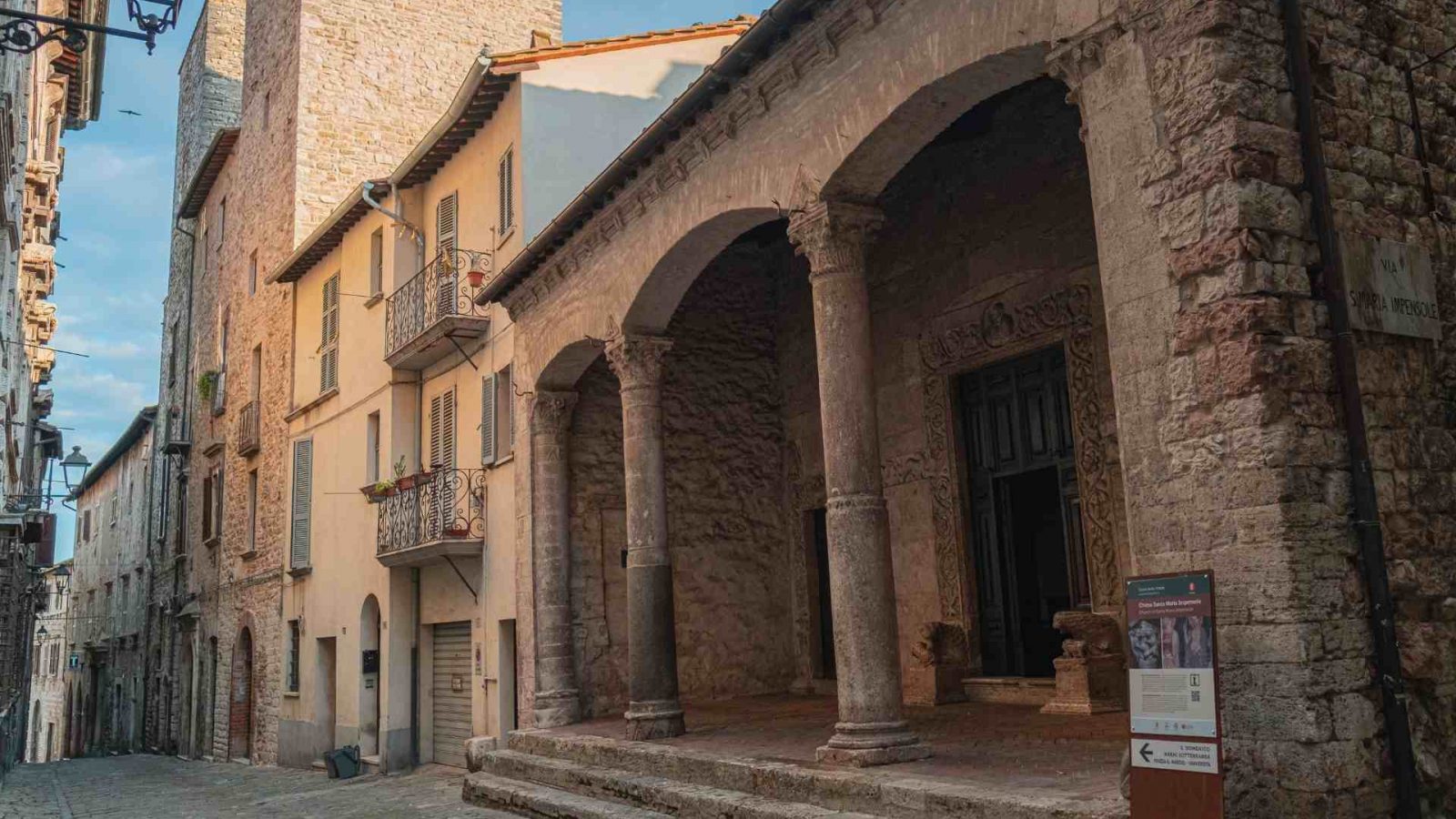
The church “suspended”.
Built between the VII and the X Century above a pre-existing Roman building from the late republican period – an ancient tradition wanted to place it on the remains of a temple dedicated to Bacco – took the name “hanging”, meaning suspended, because it was made above two big cisterns.
And it is in this way that it is called – Sancta Maria in Pisile – in the document which attest the donation around the year 1100 to the Abbey of Farfa by the noble Berardo from Narni and by the son Rolando.
In 1175, as it is reported in the architrave of the central door , was rebuilt as a place of benedictine cult in the architecture that today we can admire.
The porch, the entrance and the Medieval allegories.
Splendid is the porch which presents three lights corresponding to the three entrance doors, divided by four columns , two whole and two incorporated in the lateral pillars. Three of the capitals have acanthus leaves and tendrils typical of the order while the left one has three branches of flourish roses symbol of purity of Maria to whom is dedicated to the church.
The doors are decorated, besides floral friezes and tendrils, by some figures of animals-symbols: the lamb, the lion , the eagl , the peacock.
Above the central door , which at the sides has two lions in stone , a medallion with a sculpted image that someone identified as that one of the Redeemer, someone else as that one of San Benedetto, or the abate of the Abbey of Farfa.
The architrave of the principal door is path by an epigraph which is an invocation to the faithful to enter the church with the right disposition of mind and the date of the rebuilding of 1175: anni domini mclxxv ad portvm vite sapientes/intrate fores vestros qviqve venite as/componite mores.
In addition to the door, elegant flower shoots and other representations of symbolic animals, both positive and negative value : a clear example is the representation of the dragon as a symbol of sin. Dragon which is also in the panel which is between the central door and the left one: here the dragon is represented in the act of the assault to a deer, clear reference to the soul of the faithful.
On the left entrance are two imperial eagles which overlooking the lamb of the Apocalypse.
The insides.
Passing the entrance, what surprise us is the simplicity and the austerity of the construction in latin cross with three aisles: the two lateral , more lower, divided by the central one with columns which sustained the low arches, with roman capitals, except for that one with the last right column which represented the episode of Daniele in the lions’ den .
At the end of the central aisle, a little apse and the altar in stone in rectangular shape composed by a shelf supported by six columns decorated in Cosmatesque style and joined by as many squares of stones, of which the two sides at their center have an opening in the shape of a four-leaf clover from which you can observe relics.
Prestigious is the wood statue of the Assunta of the XVII Century which is placed on a shelf in the center of the apse, at the walls traces of local painting from the XIV and from the XV Century.
The blessing of the Santa Maria knights during the Corsa all’Anello.
It is in May – and in September for the “La Rivincita” – that the Church of Santa Maria Impensole come back to the middle age and , during the Benediction of the knights of Santa Maria, become frame of one of the most important events of the Corsa all’Anello.
The suggestive re-enactment is aimed to benedict the knights who will take part of the horse race and is placed in different evenings inside of the three churches symbol of the Terzieri: San Francesco for Fraporta; Santa Margherita for Mezule and Santa Maria Impensole for Santa Maria.
At the end the knights, with their nobles, the court and the musicians go into the Cathedral to give a rose to the patron San Giovenale.
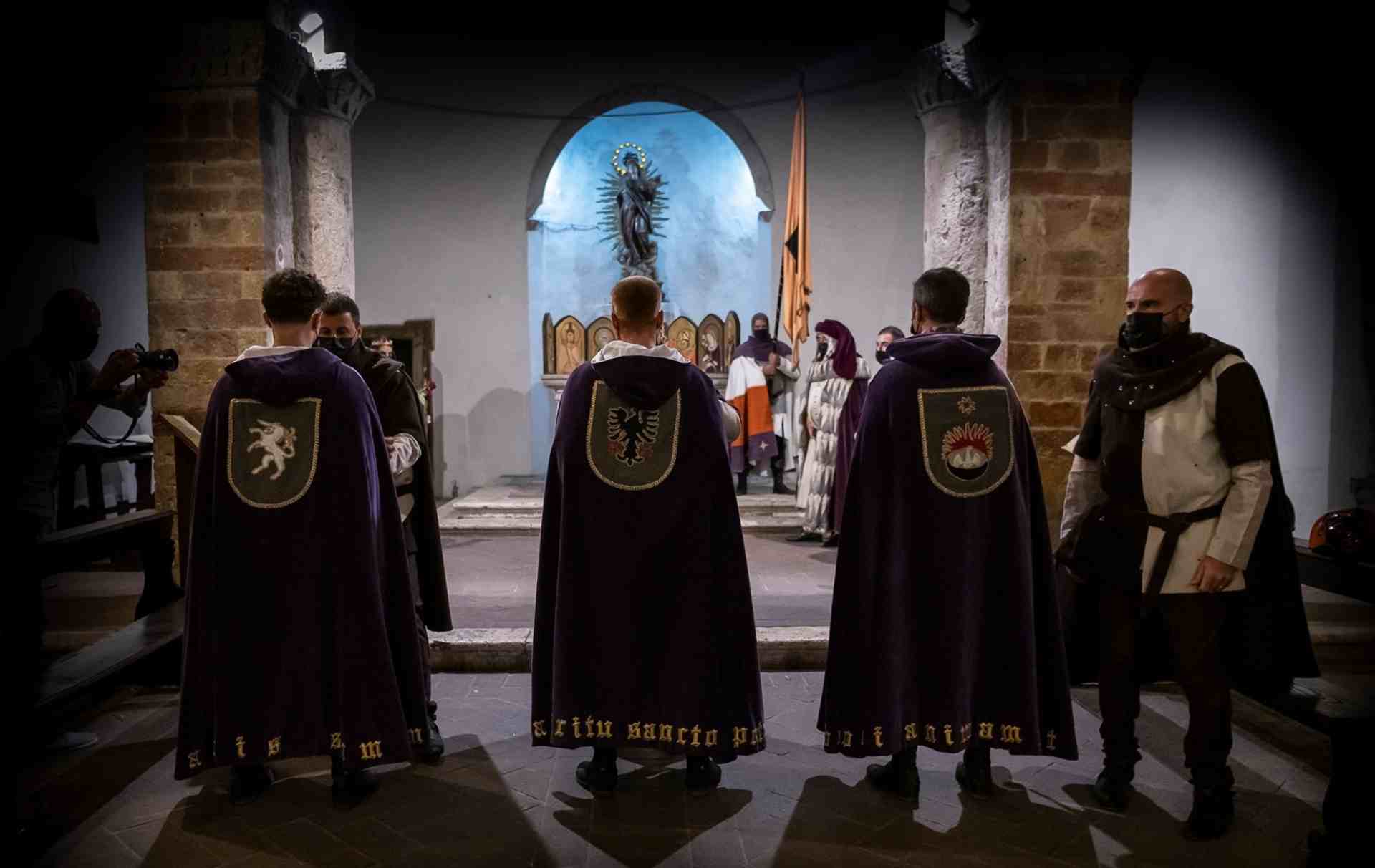
Church of Santa Maria Impensole
Via Mazzini 5-19 05035, Narni
The church is open every day from 8am to 12.30pm and from 3.30pm to 6.30pm.
Park the car in the Suffragio Parking and go up with the elevator until Via Garibaldi and continue in Piazza dei Priori.
Discover Narni.
Continue to walk with us discovering what to see inside the walls of Narni.
Or discover the points of interest of Narni and of its territory:
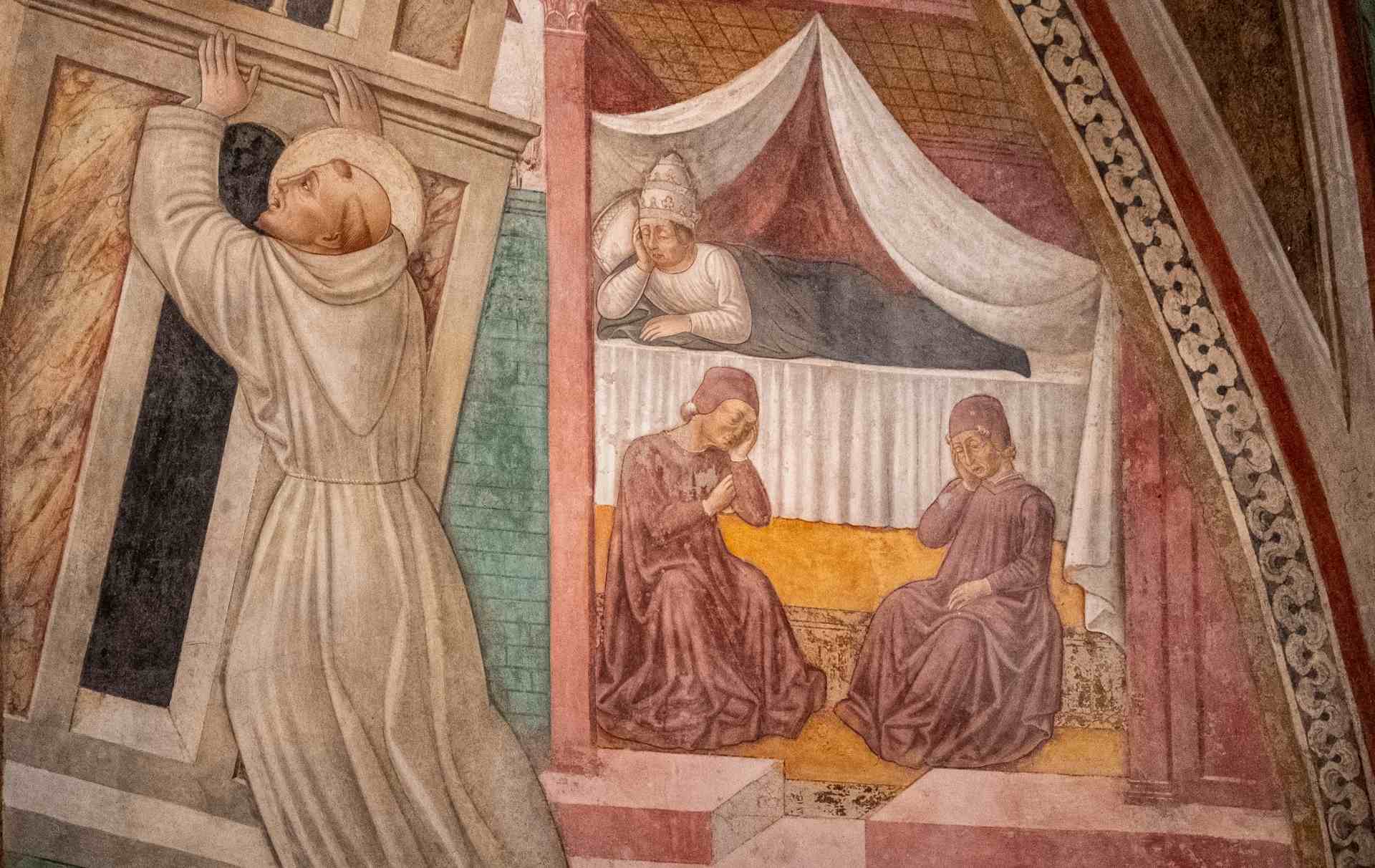
The Church of San Francesco
Arriving from the close via del Campanile or directly from Piazza dei Priori, you can only be kidnapped by the late Romanesque features of the
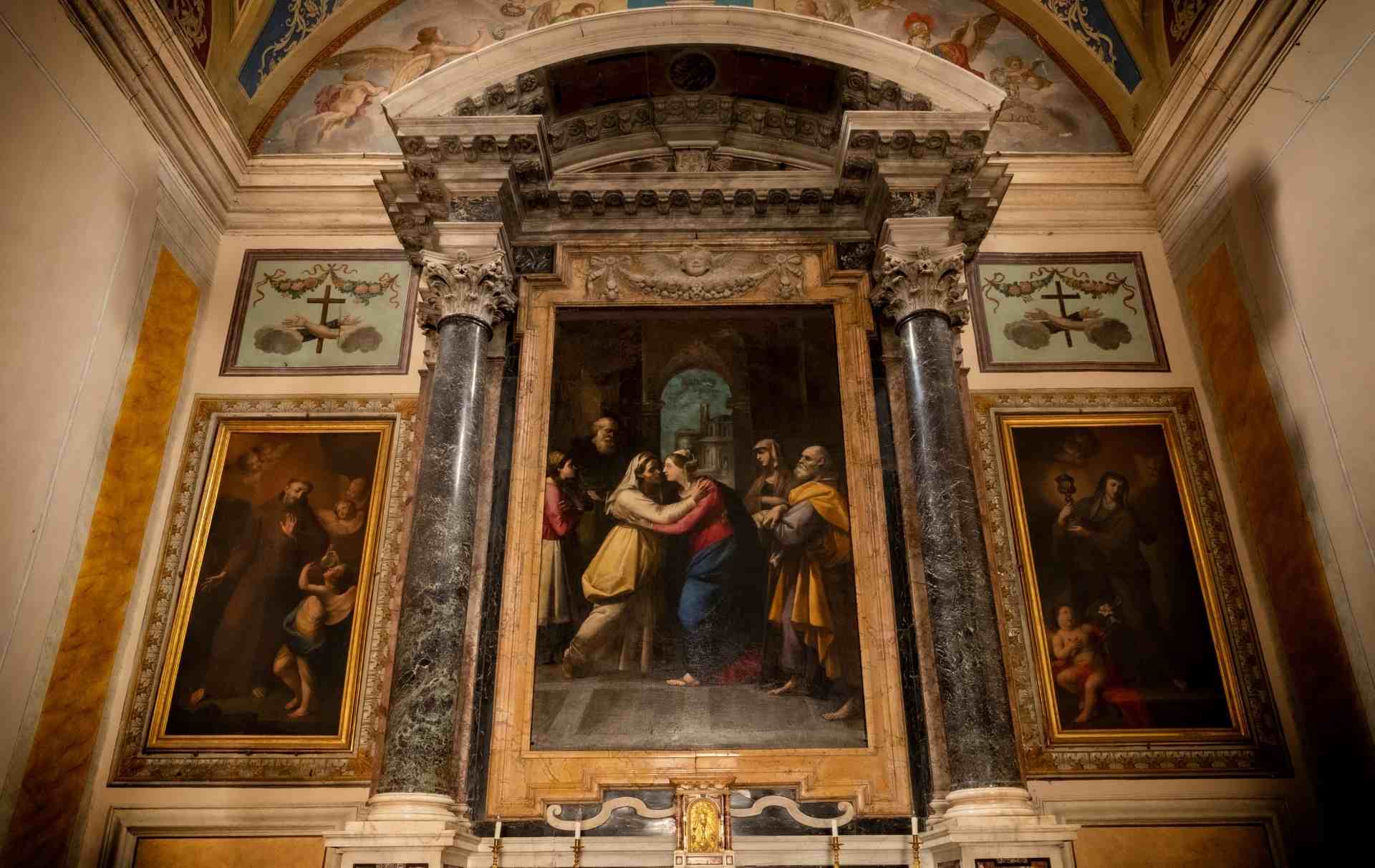
The Church of Santa Restituta
The charming Church of Santa Restituta is meeting going down through Via Mazzini before Piazza Galeotto Marzio. The Church of Santa Restituta and the Monastery
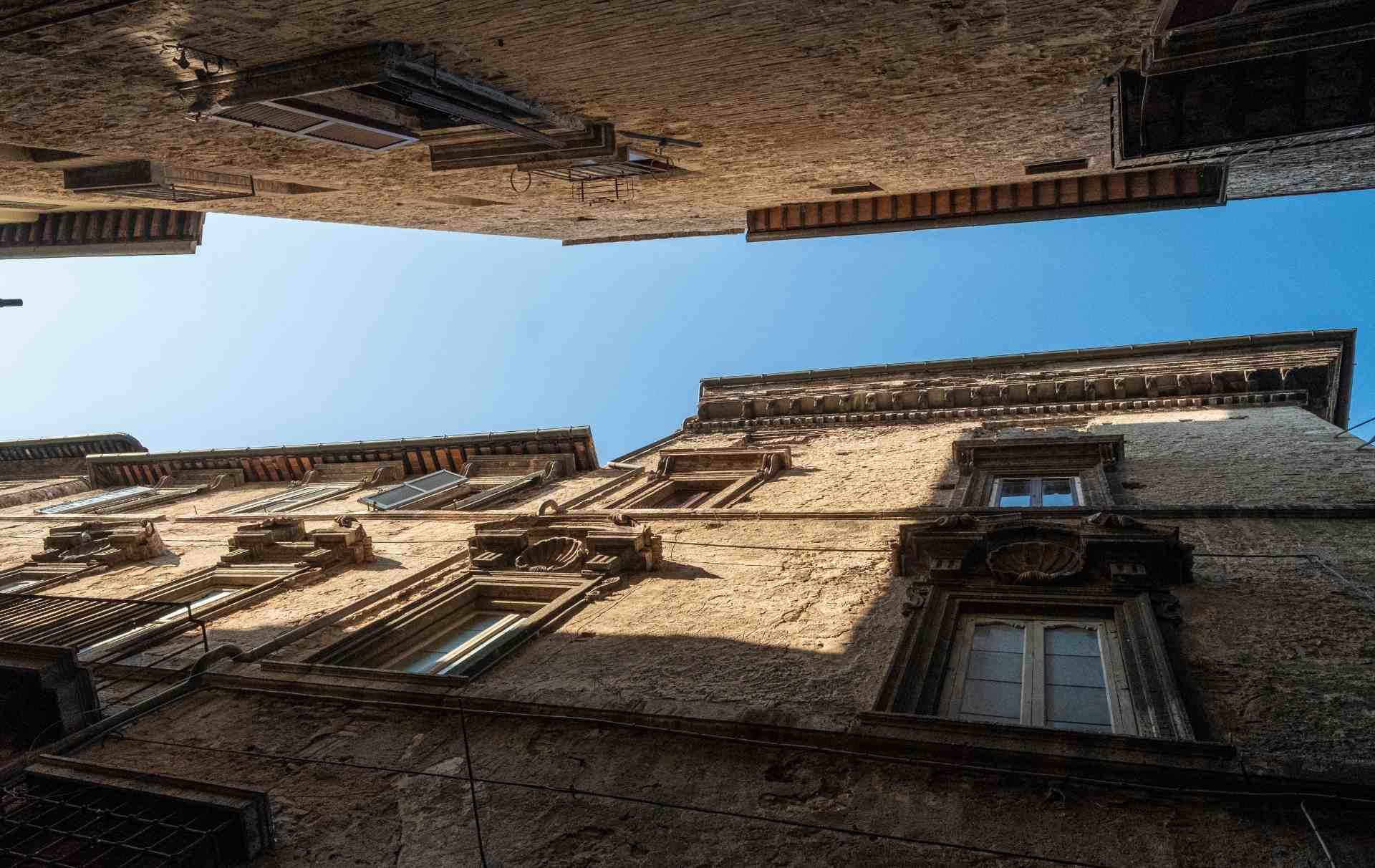
Scotti Palace
Scotti Palace, is one of the most impressive civil architectures in Narni, rises on the west side of Via Mazzini, close to Santa Maria Impensole.

